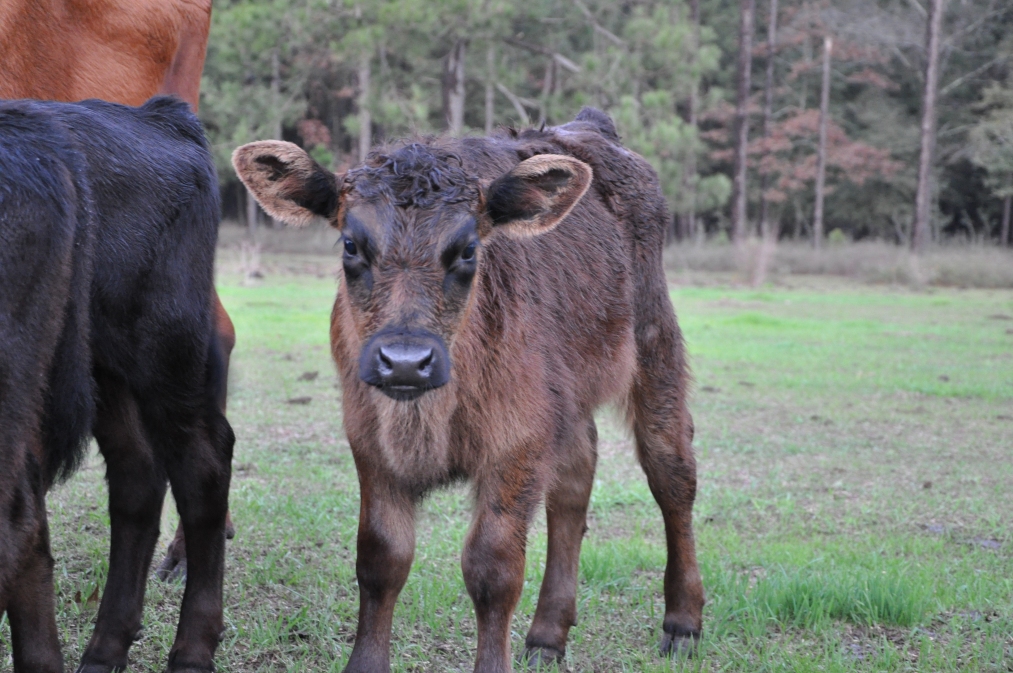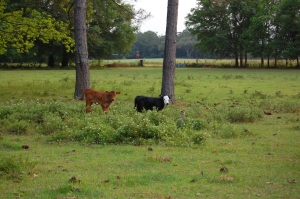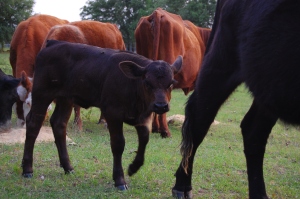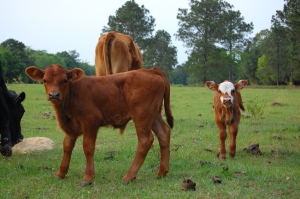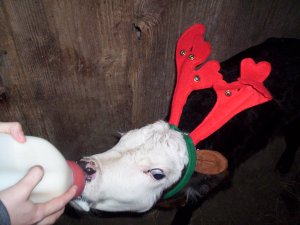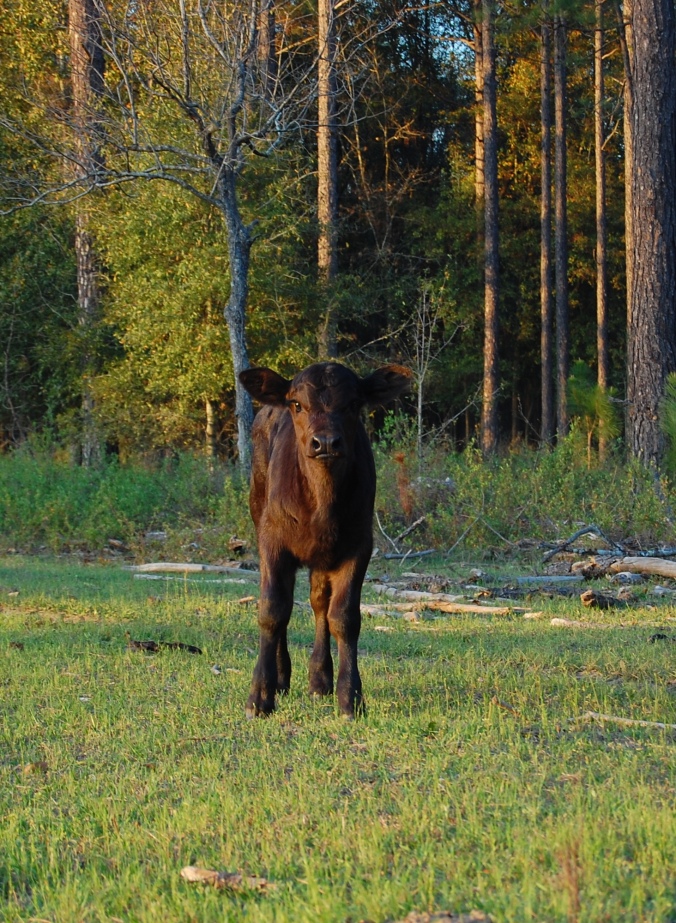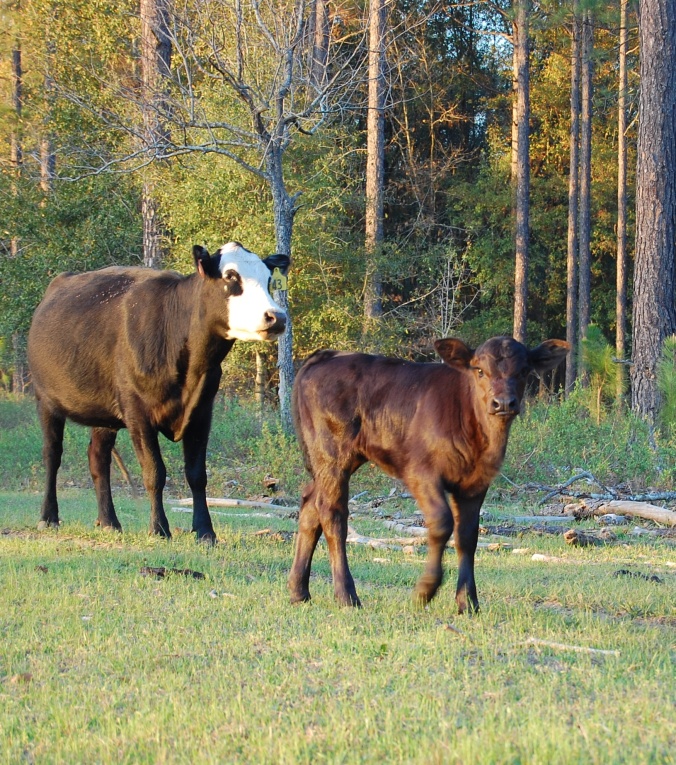This was a common sight in Haiti:

This boy broke my heart. He walked about like an old man–slow and methodical. He used his distended belly as a prop.

Mud cookies are eaten to fill their bellies when there is no food in the house. Pregnant women also eat these to get the minerals that are missing from their diet.
Hunger is a fact of life in Haiti.
In fact, according to World Vision’s website, 2.4 million Haitians cannot afford the recommended minimum daily calories.
One look into those twins faces on Christmas Eve and Jared and I knew we had to do something.
So, we put our ag nerd brains together, emailed a few of our former advisors from college and various jobs and started the development of what has come to be known as the “Feed My Sheep” farm. Our group’s goal is to develop a livestock operation near Ecole Bon Berger school in Grand Gode, Haiti that will provide the school with eggs, milk and meat products, as well as develop a sustainable 3 acre farm outside of L’Artibontie. Our goal in this is to teach the Haitian people agriculture skills that they can use to manage this farm. We want this farm to be completely Haitian run and independently operational in a year.
This is a big undertaking and we need your help. We need people with agriculture expertise to share their knowledge as well as monetary donations to purchase the supplies in country. We also need your prayers as we seek to implement this plan quickly, before anyone else in the community gets more ill or passes away from starvation.
Check out our plan here.
To donate money via PayPal to purchase livestock or equipment click here.
Thanks! God is doing great things! 🙂

35 For I was hungry and you gave me something to eat, I was thirsty and you gave me something to drink, I was a stranger and you invited me in, 36 I needed clothes and you clothed me, I was sick and you looked after me, I was in prison and you came to visit me.’
37 “Then the righteous will answer him, ‘Lord, when did we see you hungry and feed you, or thirsty and give you something to drink? 38 When did we see you a stranger and invite you in, or needing clothes and clothe you? 39 When did we see you sick or in prison and go to visit you?’
40 “The King will reply, ‘Truly I tell you, whatever you did for one of the least of these brothers and sisters of mine, you did for me.’ –Matthew 25:35-40




